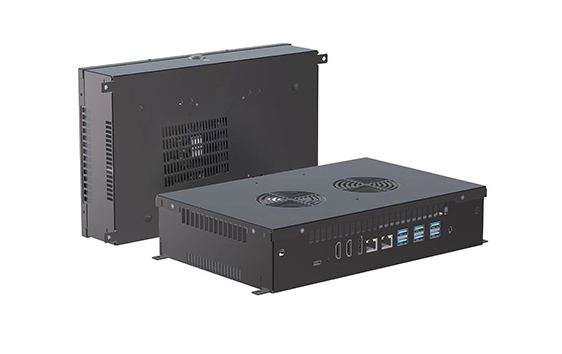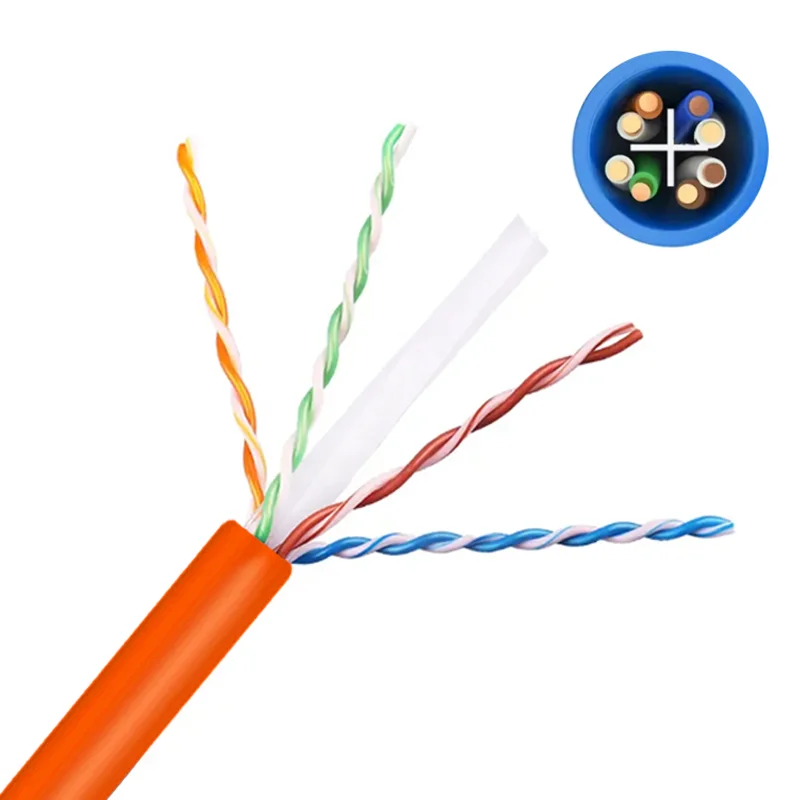Understanding Relay Life Expectancy: Factors, Testing, and Best Practices for Longevity
Relays are essential components in various electrical and electronic systems, serving as switches that control the flow of electricity. They are widely used in applications ranging from automotive systems to industrial machinery and home appliances. One of the most critical aspects of relay performance is its life expectancy, which can significantly impact the reliability and efficiency of the systems they are integrated into. In this article, we will explore the factors influencing the life expectancy of relays, methods for testing their durability, and best practices for maximizing their operational lifespan.
What is Relay Life Expectancy?
Life expectancy, in the context of relays, refers to the duration or number of operations a relay can perform before it fails to operate correctly. This metric is crucial for engineers and designers, as it helps in predicting maintenance schedules and ensuring the reliability of the entire system. Relay life expectancy is typically measured in terms of mechanical life (the number of operations without load) and electrical life (the number of operations under load).
Factors Influencing Relay Life Expectancy
- Type of Relay: Different types of relays (electromechanical, solid-state, and hybrid) exhibit varying life expectancies. Electromechanical relays, for instance, may have a mechanical life of millions of operations but a significantly lower electrical life due to arcing and contact wear. Solid-state relays, on the other hand, can offer longer life spans due to the absence of moving parts.
- Load Conditions: The nature of the load being switched plays a critical role in determining relay life expectancy. Inductive loads (like motors) can cause arcing at the contacts, leading to faster degradation. Conversely, resistive loads (like incandescent bulbs) typically exert less stress on the relay contacts.
- Operating Environment: Environmental factors such as temperature, humidity, and exposure to corrosive substances can significantly affect relay performance. High temperatures can accelerate wear and tear, while excessive humidity can lead to oxidation and short circuits.
- Switching Frequency: The frequency at which a relay is switched on and off can also impact its lifespan. High-frequency operations can lead to increased heat generation and contact wear, thereby reducing life expectancy.
- Quality of Components: The materials and manufacturing processes used in relay production can greatly influence their durability. High-quality materials and precise manufacturing techniques can enhance the reliability and longevity of relays.
Testing Relay Life Expectancy
To accurately assess the life expectancy of a relay, manufacturers and engineers employ various testing methods:
- Mechanical Life Testing: This involves operating the relay without any electrical load to determine how many cycles it can perform before mechanical failure occurs. This test helps in understanding the wear on the moving parts.
- Electrical Life Testing: This test simulates real-world operating conditions by switching the relay under load. It helps in evaluating how long the relay can operate before contact degradation leads to failure.
- Environmental Testing: Relays are subjected to extreme environmental conditions (temperature, humidity, vibration) to assess their performance and reliability in adverse situations.
- Accelerated Life Testing: This method involves subjecting relays to stress conditions that simulate years of operation in a shorter time frame. This helps in predicting long-term reliability based on accelerated wear patterns.
Best Practices for Maximizing Relay Life Expectancy
- Choose the Right Relay: Selecting the appropriate type of relay for your application is crucial. Consider factors such as load type, switching frequency, and environmental conditions when making your choice.
- Implement Snubber Circuits: For inductive loads, using snubber circuits can help mitigate voltage spikes and reduce arcing at the contacts, thereby extending the relay's life.
- Maintain Optimal Operating Conditions: Ensure that relays are operated within their specified temperature and humidity ranges. Implementing proper ventilation and cooling systems can help maintain these conditions.
- Regular Maintenance and Inspection: Periodically inspect relays for signs of wear or damage. Regular maintenance can help identify potential issues before they lead to failure.
- Use Quality Components: Invest in high-quality relays from reputable manufacturers. While they may be more expensive upfront, the long-term savings from reduced maintenance and downtime can be significant.
Conclusion
Understanding the life expectancy of relays is essential for ensuring the reliability and efficiency of electrical systems. By considering the various factors that influence relay lifespan, employing rigorous testing methods, and following best practices for maintenance and operation, engineers can significantly enhance the longevity of these critical components. As technology continues to evolve, staying informed about advancements in relay technology and materials will further aid in optimizing their performance and lifespan.






